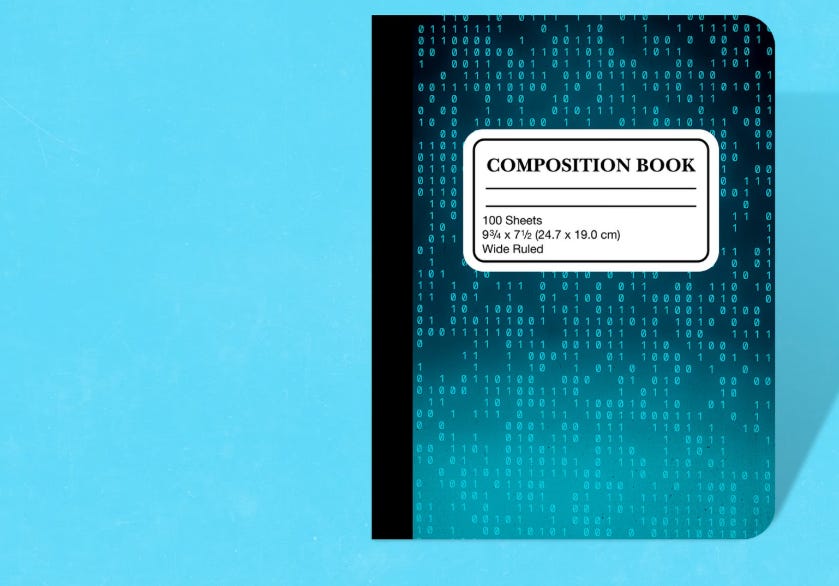The AI takeover of education is just getting started
THE ATLANTIC
The AI takeover of the classroom is just getting started. Plenty of educators are using AI in their own job, even if they may not love that chatbots give students new ways to cheat.
On top of the time they spend on actual instruction, teachers are stuck with a lot of administrative work: They design assignments to align with curricular standards, grade worksheets against preset rubrics, and fill out paperwork to support students with extra needs.
Nearly a third of K–12 teachers say they used the technology at least weekly last school year. Sally Hubbard, a sixth-grade math-and-science teacher in Sacramento, California, told me that AI saves her an average of five to 10 hours each week by helping her create assignments and supplement curricula. “If I spend all of that time creating, grading, researching,” she said, “then I don’t have as much energy to show up in person and make connections with kids.”
Beyond ChatGPT and other popular chatbots, educators are turning to AI tools that have been specifically designed for them. Using MagicSchool AI, instructors can upload course material and other relevant documents to generate rubrics, worksheets, and report-card comments. R
Roughly 2.5 million teachers in the United States currently use the platform: “We have reason to believe that there is a MagicSchool user in every school district in the country,” Adeel Khan, the company’s founder, told me.
I tried out the platform for myself: One tool generated a sixth-grade algebra problem about tickets for Taylor Swift’s Eras tour: “If the price increased at a constant rate, what was the slope (rate of change) in dollars per day?” Another, “Teacher Jokes,” was underwhelming. I asked for a joke on the Cold War for 11th graders: “Why did the Cold War never get hot?” the bot wrote. “Because they couldn’t agree on a temperature!”
Read more | THE ATLANTIC

